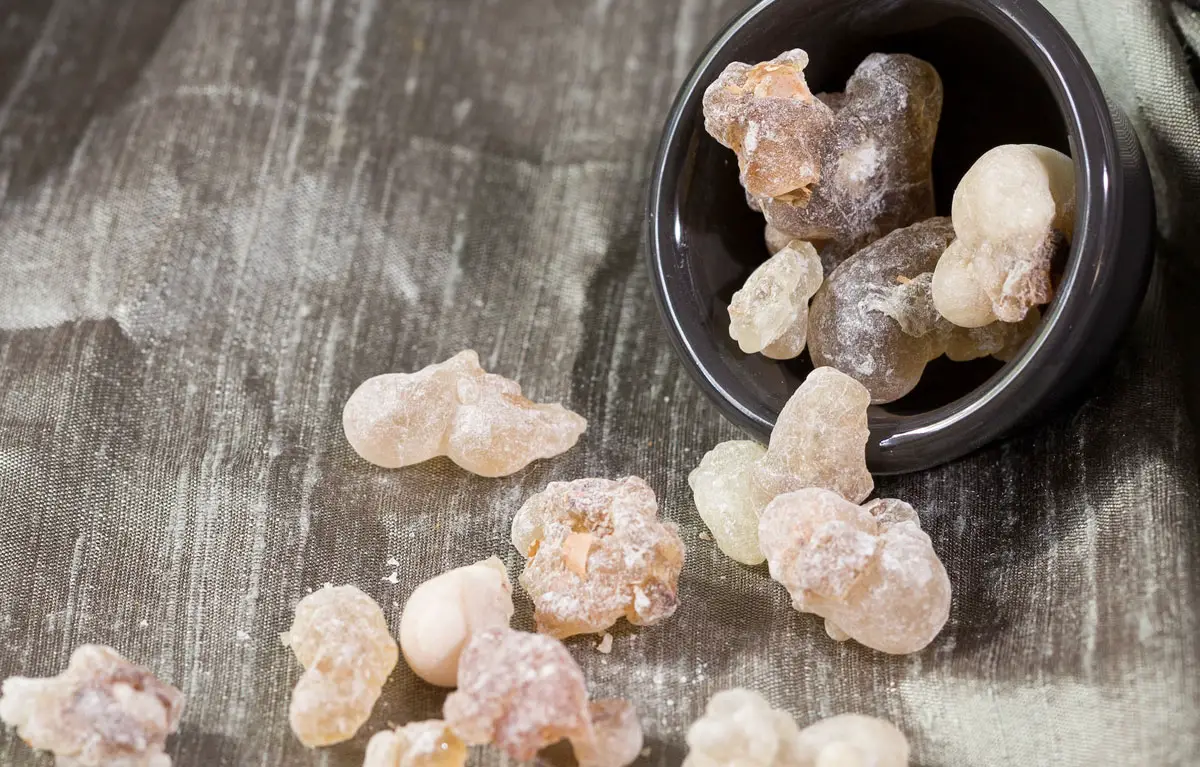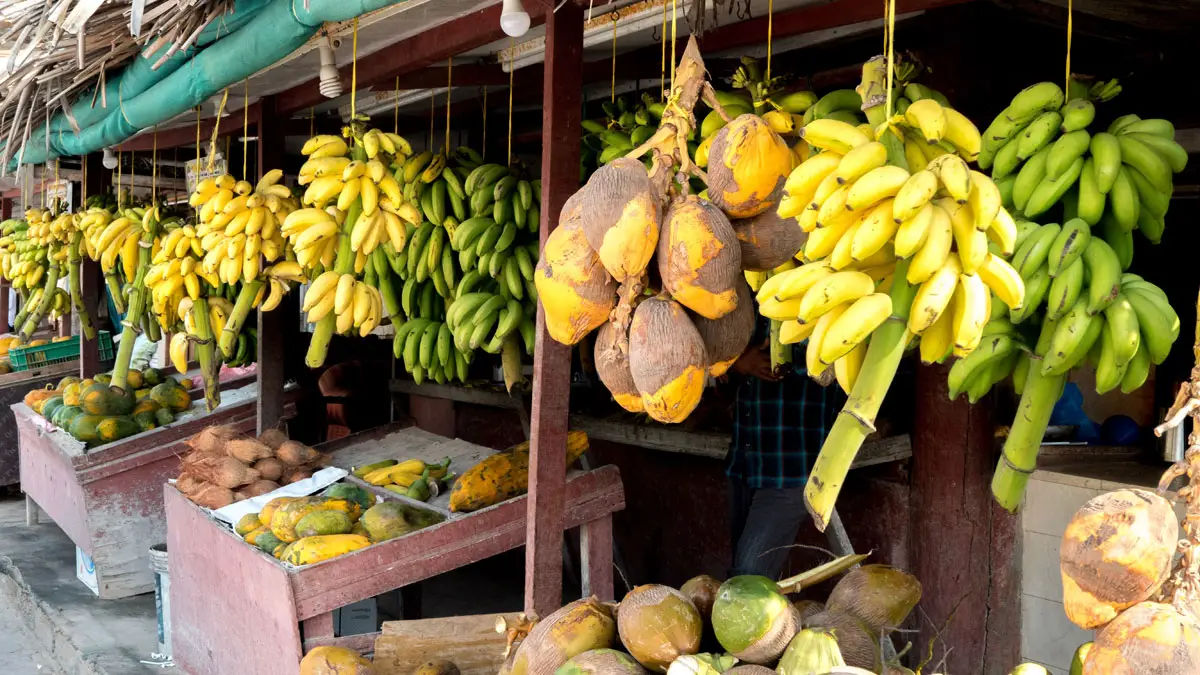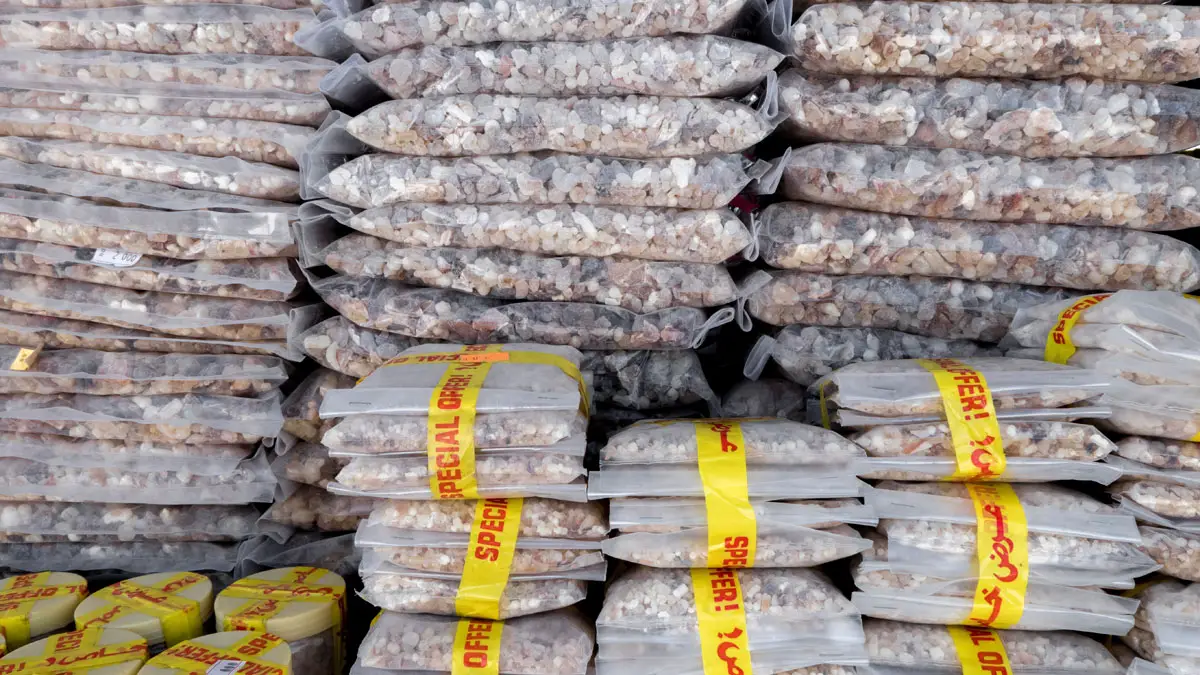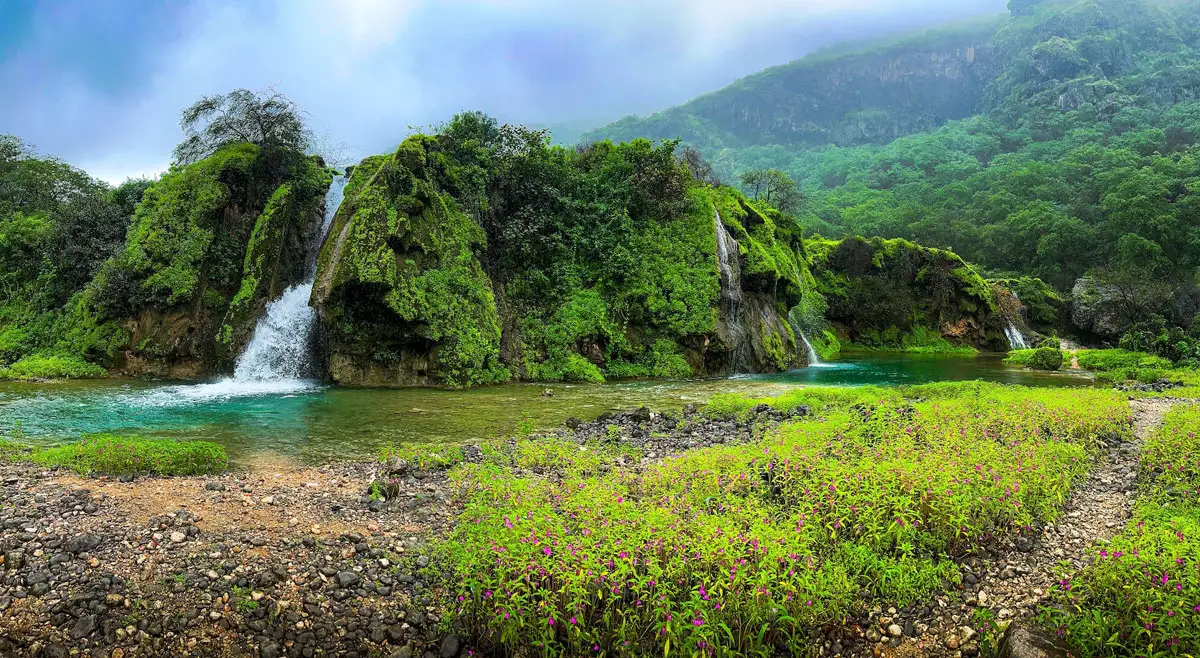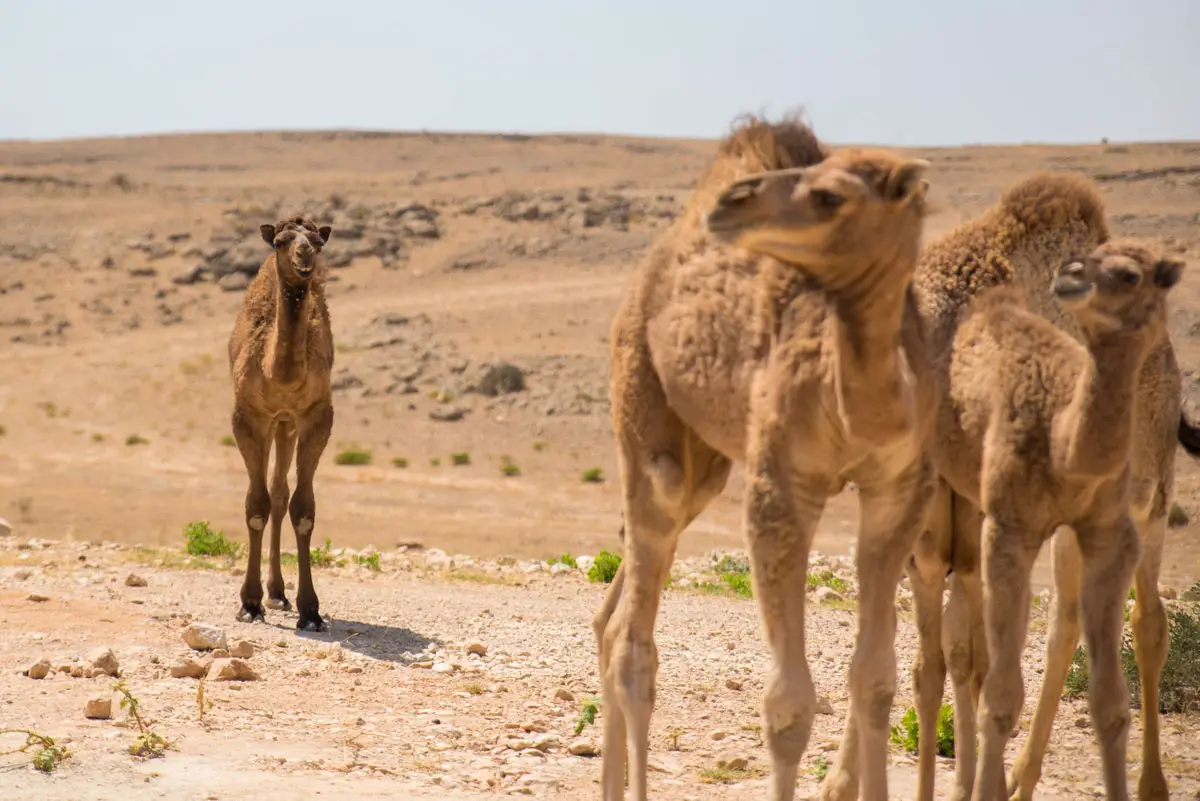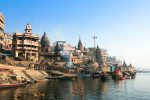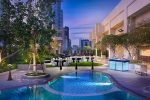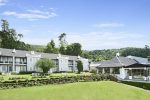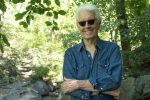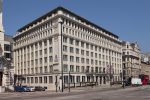Salalah, Oman: The Home of Frankincense – Travel Review
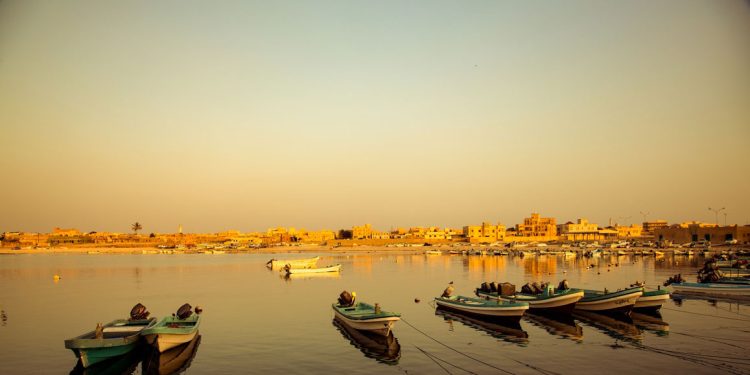
By Kevin Pilley, December 2023
Tears are on sale every day in the Al-Huss market in the Al Hafa District of Salalah on the southernmost tip of the Sultanate of Oman.
The narrow sandy alleys of the ancient market are full of “well-priced” gold and silver, “musr” turbans, “kummah” caps, “naal” sandals, copper coffee pots, ceremonial “khanjar” daggers and tailors’ shops offering fittings for gentlemen’s robes, ladies’ “thobs” and traditional velvet Dhofari dishdasha dresses.
But the shops with the baskets, jars, and polythene bags of tears are the most common.
Tears are good for you and good for business. In Oman, frankincense tears are on everyone’s shopping list.
Frankincense has been central to many religious practices for many centuries. It was used by King Solomon, Emperor Nero and Tutankhamen. It was Oman’s first oil. It made the country rich and famous around the world. The explorer Sir William Thesiger set out from Salalah to discover the Lost City of Ubar , “the Atlantis of the Sands”.
“Perfect conditions”
With models of Battil, Boom and Sambug boats, navigational aids, Holy Quran manuscripts and artefacts excavated from UNESCO sites such as Ash Shisr and Sumhurgh, the city’s Museum of The Land of Frankincense in the Al baleed Archaeological Park chronicles the Sultanate’s history and the cultural heritage of its tears.
Although there is a long tradition of fishing and dhow-building, the Frankincense Trail – 90-minutes’ flying time and a 1000km 12-hour drive from the capital Muscat – is as famous and as ancient as the Silk Route.
The 30km-long, 20 km-wide coastal belt and the mountain range not far from the Yemeni border receive the “Khareef” southwest monsoon winds from June to September.
The mists blanket the region in an impenetrable pea-souper creating perfect conditions for growing frankincense trees. For four months Dhofar becomes the coldest place in the Arabic world – before becoming the greenest.
“You will be amazed at the difference in landscape within a matter of miles,” explained my guide, Naser Sulaiman. Al-Mani as we drove past roadside stalls selling papayas, bananas, and other fresh tropical fruit. Leaving the outside lane to Chryslers and Chevrolets, camels formed a contraflow on the ring road before the tarmac petered out into a dirt track and we were suddenly in the parched foothills, bumping and coughing our way to Wadi Dawqah, one of the oldest frankincense fields in the world.
“Integral part”
Along with nearby Hasik, Wadi Adawnib, Wadi Andhur, Ulyun, and Thumrayt, Wadi Dawqah was an important stop in the caravan routes, and as far back as the fourth century BC was the first place in Oman to produce frankincense for a global market.
As we jolted and juddered through the dust and spindly, stunted trees, Naser explained that it takes 14 months for a five-foot frankincense tree-genus Boswellia to mature. A good tree can produce up to 10 kilograms of frankincense for up to 30 years.
“These insignificant-looking trees are an integral part of my country’s culture and history. An essential part of who I am! They are ugly and beautiful at the same time!”
The Arabs call African frankincense “asli” and their own “luban”. Hebrews refer to incense as “lebonah” or “ketoreth” and, of course, the Three Wise Men brought frankincense to a stable, along with myrrh which is another tree resin. The Romans used frankincense and called it “mascula thura”.
A thin white liquid bubbled from the tree. “It is approved. We can all help ourselves and tap any tree any time,” Nasar explained, cupping the liquid in his hands. “It is a public resource.”
“Mark of respect”
There are various types of frankincense. From “Hougari” or “Hojary Superior” to “Nejdi” or “Nagdi”. The purest is colourless or with a slight green tinge. The best (silver or male) is white-silver and brittle. The cheapest is brownish-yellow. Pebble-like, they all have a balsamic odour and a bitter aromatic taste.
Once it has crystallized, frankincense burns easily and slowly with a bright white flame. The most sought-after is breast-shaped like the union of two tears. Prices range from £20 to £80 per kilo.
Frankincense or olibanum trees are also found in central India and the Coromandel coast as well as in Ethiopia. But the “Boswellia carterii” or “sacra” only grows in Somalia in east Africa, around Hadramaut in Yemen and in Dhofar. It is considered to produce the best frankincense. It is bought to fumigate houses and clothes.
The habit of perfuming your house with “Bukhoor” is a way of Arab life. Passing around an incense burner or “Mabkhara” is considered a mark of respect and hospitality. The type of frankincense you use can be seen as a status symbol.
In Oman, frankincense is also chewed to relieve indigestion and freshen the mouth. It is burned in public censers.
“Ancient”
The second largest country in the Middle East, Oman is thought to be the ancient civilization of Majan. The history of the Sultanate can be traced back to 12000 BC. In the 3rd century, Oman had the biggest and most powerful naval fleet in the world.
The Portuguese left in 1650. Imam Ahmed bin Said , the founder of the present dynasty, expelled the Persians in 1741. After 1861 close ties were established with Great Britain and Oman and Muscat became the most powerful state in Arabia. In 1970 HM Sultan Quaboos bin Said claimed the throne.
Oman wants to be the new United Arab Emirates. Muscat, aspires to become the new Dubai.
South Oman is still a place of ancient cities and old ways of life. Up in the “Jebel” foothills at Jable Ittin there is the Tomb of Job (Nabi Ayoub ) which is mentioned in both the Koran and the Bible.
The Queen of Sheba’s palace was in Khor Ruri near Samhuram which was famous as a frankincense port. The current Sultan was born in Salalah and he has his summer residence there at the Al Husn Palace. The Dhofar region is also the final resting place of Nabi Imran , the father of the Virgin Mary as well as Emran, the father of Moses.
“Protected area”
There are many other things to see in and around Salalah. Like the world’s second-largest blowhole at Tawi Attir, the ninth-century ancient capital of Mirbat, and the botanical gardens at Ayn Razat which are watered by underground springs.
Enthusiastic naturalists take the very long day drive to the Arabian Oryx sanctuary on the Jiddat Al-Harasis plateau near Haima. This huge, protected area in the desert is not only the home to one of only two herds of wild free-ranging oryx but also Nubian ibex, Arabian wolves, honey badgers, and Arabian gazelle.
Salalah is ancient Oman. It is a fast-developing country’s one last link to an illustrious and affluent past.
Qatar Airlines flies to Salalah from Manchester
